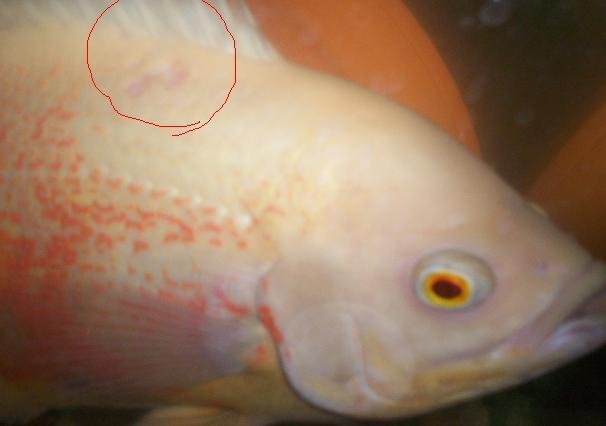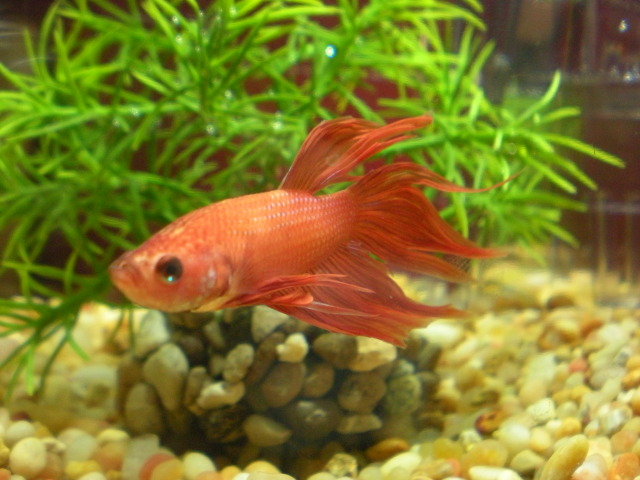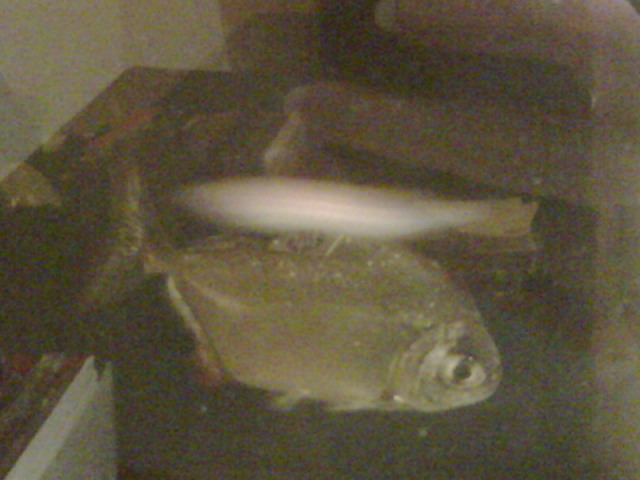QuestionHi, I recently got two betta's about 2 weeks ago, A boy and
a girl, they're both babies and i keep them in separate 1
gallon tanks, and recently I have noticed that my girl's
gills are turning a dark red color, and I did some research
to come across Ammonia poisoning
I read a few articles and it sounds exactly like what my
poor girl looks like, and Im really worried about the poor
thing, I don't want her to die and I don't exactly know how
to rid of it. Will it go away on its own or should I do
something?
She eats fine, swims around now and then and sometimes lays
at the bottem of the tank, I have some rocks and a plastic
tree in the gallon, the water I use is either Distilled
water or tap water that I keep out for about 48 HRS so its
alright, my house is usually at a steady 70-75 temperature
and I change the water every few days. What am I doing
wrong?
Thanks.
AnswerNick,
First, ammonia poisoning is 100% preventable. If you are going to keep fish, I suggest you buy a water testing kit. Betta's are delicate fish, not usually preferred for the beginner fish keeper. Also, I would get a good water conditioner that removes ammonia, nitrates and nitrites from your tap water. NEVER use distilled or bottled water. There is too much sodium added to those. Very soon you will need to get them both a larger tank. Nothing smaller than 2.5 gallons but 5 gallons each is preferred. I would do a 50% water change everyday until the ammonia is gone. Make sure the new water is the same temp as the tank water or they will go into shock. If these are baby Betta's then it is imperative that you buy them both a heater. They are tropical fish and need nice warm 82 degree water. If their water temp drops below 82 degrees they will become lethargic. Meaning, not swimming much just kinda hanging around.
Now for the Betta breeder in me. PLEASE never put the male and female together, unless you are ready to raise 300+ fry. They are not easy to take care of, takes a lot of work, space, money, time, and a lot of patience. If you intend on breeding make sure you have tanks for all the fry to be separated into, meaning one tank for every one fry. Make sure you have ready all the live food you will feed them from 2 days old until 7 months old. If you have 200 babies, you will need, 200 tank, 200 heaters, too many baby brine shrimp, vinegar eels and mico worms to even mention, sponge filters for all the tanks.
I am not trying to talk you out of breeding if that is what your intent is. I am only letting you know there is a lot of work in it so make sure you do ALL your homework, and have all the supplies at hand before you even think of putting the 2 together.

 identifying my fish
Question
1
Hello, I would like to know if this fish is
identifying my fish
Question
1
Hello, I would like to know if this fish is
 Sick new fish
Question
gourami
I bought 2 gouramis at Petsmart yester
Sick new fish
Question
gourami
I bought 2 gouramis at Petsmart yester
 Missing Scales vs. HITH (Follow-up)
QuestionA Blurry Picture with
QUESTION: A coupl
Missing Scales vs. HITH (Follow-up)
QuestionA Blurry Picture with
QUESTION: A coupl
 New Betta Antics
Question
Miso
Hello!
I just got my first betta after
New Betta Antics
Question
Miso
Hello!
I just got my first betta after
 Ick?
QuestionQUESTION: Hi. I have one Silver Dollar fi
Ick?
QuestionQUESTION: Hi. I have one Silver Dollar fi